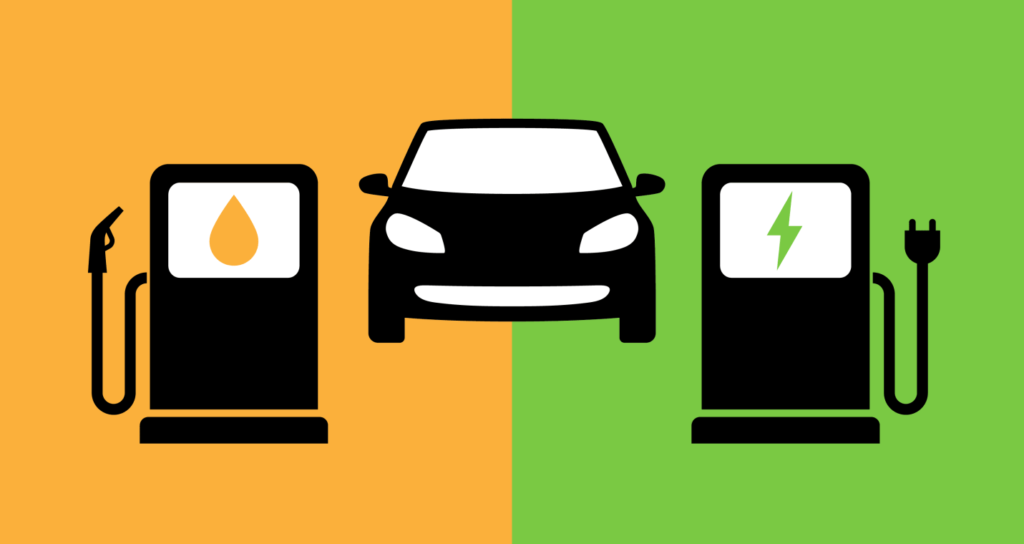Transportation is a significant aspect of our lives. We can’t imagine a single day where we’ll not utilize transport for traveling to work, school, college or maybe a friend’s house. Earlier people were only aware of ICEs but technology continued to spread its wings, and the production and sales of Electric vehicles (EVs) have seen a surge.
The reasons behind this surge are simple: the rising cost of gasoline and the reduced cost of batteries that EVs function. These are some of the positive trends, but there are also numerous challenges that the industry is facing currently.
This article will shed light on the top ten primary challenges of Evs. So, without further ado, let’s get started.
Top 10 challenges the EV industry faces today
- Cost of acquisition
One of the biggest challenges that the EV industry faces today is the cost of acquisition. As EVs function on lithium-powered batteries, they are more expensive to build than ICEs. This is because the batteries of EVs must hold a massive charge to offer the minimum range and that requires costly raw materials to manufacture.
- Shorter range
One not-so-fun fact about EVs, they have a shorter range. Precisely, they can cover distances between the range of 100 to 300 miles. Another interesting thing to note here is this range can vary depending on numerous factors such as the driver’s speed, battery capacity, charging infrastructure, etc.
- Charging Infrastructure
The factor we just mentioned earlier is here. As the availability of charging infrastructure plays an important role in affecting the range of EVs, in remote areas it might get difficult for the drivers to cover longer distances. This can turn out to be a big challenge.
- Battery Technology and Supply Chain
Fun fact: As we know, lithium-ion batteries are the primary components of EVs and their production requires certain minerals and rare earth elements. At present, India is majorly relying on imports for battery manufacturing. This is leading to challenges in the Supply Chain.
- Lack of Local Skill Awareness
As EVs started becoming popular after 2015, people are still taking their time to get to know about them. They are still unfamiliar with their features, advantages and usage. This has become another big challenge the EV industry faces to date.
Especially, when it comes to maintenance and repairs, the majority of mechanics don’t possess the required skills to repair EVs.
- Higher upfront costs
The lifespan of lithium-powered batteries is 8 to 10 years. Which means they require less maintenance as compared to ICEs. However, the batteries are expensive. The higher their capacity will be, the more they’ll cost.
Besides, if you consider installing in-house charging stations, it becomes a pretty costly deal.
- Charging time
Imagine travelling in an electric bus. It’s going well, a comfortable ride and suddenly the bus stops to get charged and takes a significant time. Due to the time gone in charging, you reach your destination later than the expected time. It’s a bit annoying, right?
That’s another problem with EVs. As compared to ICEs which take a few minutes to get refilled, they take longer to gain charging.
- Non-availability of Parking/Charging Space
With rapid urbanization and increasing population, the number of cars on the road has significantly increased. This has led to a shortage of parking spaces. The majority of people in India park their cars on the street which makes it challenging to install charging infrastructure for EVs.
- Temperature constraints
It’s a common fact that the battery life of EVs is affected by the change in temperature. Since batteries require a specific temperature range to perform at their best, temperature above or below this range starts to affect the efficiency of batteries which in turn will reduce their life.
- Customer’s Fear
What’s one of the most common fears among EV owners? Any guesses? The answer is range anxiety and the lack of charging infrastructure. Travelling to longer routes becomes a tedious task in itself for them. Especially in the case of remote areas, finding charging stations is a task.
How can Electric Fleet Management Software help in mitigating some of these challenges?
Electric vehicle fleet management Software can be a saviour in helping overcome some of the challenges of the EV industry. Let’s know how.
Till now we have figured that for Evs to function efficiently, their batteries must be maintained at all times. Good for us that EV fleet management software comes with- Battery Management System. Let’s know more about it
- Battery Management System(BMS)
There are three important parameters of a battery; voltage, temperature and balancing. BMS looks after all of them. It measures the minimum and maximum voltage of the battery and the average cell temperature, coolant circulation temp and overall battery temp.
Besides this, it also balances the state of charge(SOC) and state of voltage(SOV) in the battery to ensure its smooth functioning.
Wrapping it up!
While the EV industry is facing several challenges, it is also witnessing advancements along the way. Breaking free from these challenges would require significant cooperation between governments, manufacturers, and consumers.
As technology continues to evolve, there will be more awareness about EVs, about their advantages and challenges. We hope that after reading this article you got some idea about the biggest hurdles in the industry at present. Stay tuned to TrackoBit for more articles on EVs. Meanwhile, read our previous blogs to expand your horizons on this concept.

